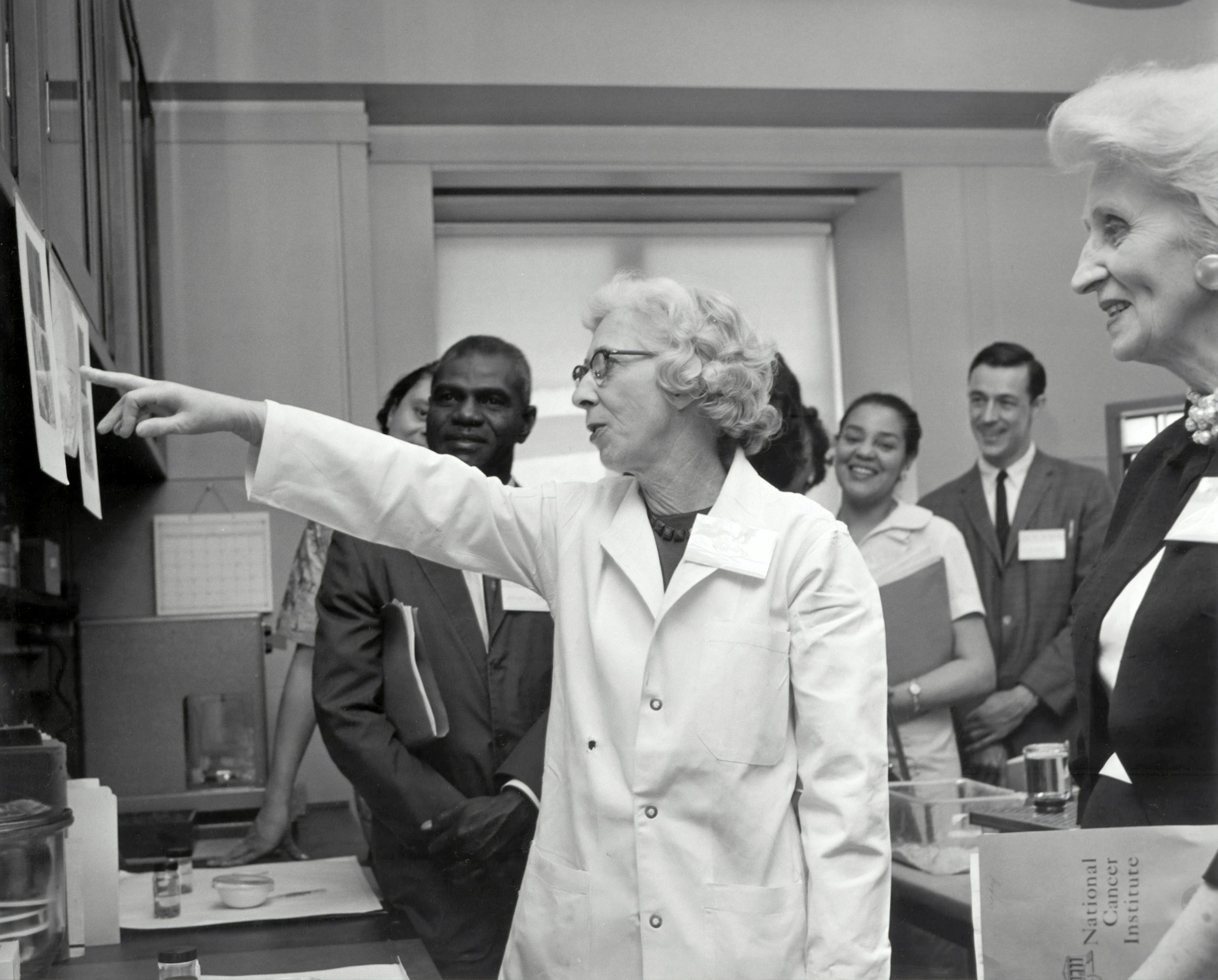How accelerators sweeten up the Standard Model of Particle Physics
“There is nothing new to be discovered in physics now. All that remains is more precise measurement”. This famous quote by Lord Kelvin in 1900 spoke of a perspective shattered almost immediately by a stream of significant discoveries, such as the discovery of the electron in 1897, the nucleus of the atom in 1911, and the proton in 1919. Suddenly, our under‐standing of the “building blocks” of our world had completely changed. The atom, once accepted to be absolutely indivisible, was now just a doorway into an untouched realm of discovery. Throughout the years, a new model of the fundamental particles, forces, and interactions of the universe was developed: The Standard Model of particle physics. Behind the dawn and growth of this new era was the innovation of accelerators and colliders.
Accelerators focus and boost subatomic particles to higher energies and velocities using electromagnetic fields to produce well-focused and high-energy beams. In many ways, the utility of accelerators and colliders can be equated to piñatas. Only when you beat the piñata do you realise what is inside of it. Colliders operate on the same principle, with the impact being between two particle beams and the highly anticipated sweets corresponding to subatomic particles we might discover. The harder the impact, the more sweets come out. Therefore, if you handed a toddler the stick, you would get far fewer sweets than if a grown teenager were to beat the piñata open.
What does all of this mean? We simply do not have access to studying many particles until we reach high enough collisional energies. And just like the toddler needs time and funds to grow into a teenager, accelerators also need time and funds to advance and reach these higher potential collisional energies. Accelerator physicists are simply playing the role of parents and they are taking their role very seriously.
The Large Hadron Collider (LHC) in Switzerland is the largest collider in the world: a circular accelerator with a 27km diameter. Over the years, research conducted there and at other facilities around the world have led to the development of an incredible database of fundamental particles. A recent triumph of the LHC was the confirmed detection of the Higgs boson, the particle that explains why matter has mass and whose existence was postulated in 1964 but had never been empirically shown.
Despite the brilliance of the current Standard Model, there are still large gaps in our under‐standing, such as the nature of dark matter and energy, accounting for a speculated 96% of the universe and also the matter antimatter asymmetry of the observable universe. Other key theoretical attempts include the unification of the four fundamental forces of the universe: the Standard Model does not account for gravity, which has been extensively described in Einstein’s general relativity. Research into new accelerator technologies is in full swing to facilitate our search for evidence, and maybe even discover new physics. Physicists at Oxford and several other universities are actively involved in this effort. The Future Circular Collider (FCC) has been pro‐posed to follow up on research conducted at the LHC, but with ten times the collisional energy. This will allow them to both test long-standing hypotheses and raise new questions – the true essence of blue-sky research.
Despite their high collisional energies, circular colliders are not perfect. Accelerated charged particles following a bent trajectory radiate away energy (synchrotron radiation). This means for lighter particles, like electrons, acceleration using a circular collider is not very effective unless the radius is very large, adding massively to the cost of production. Circular colliders also need intricate systems of superconducting magnets to steer the beam and ensure collision. These colliders are also very expensive: the LHC cost around £3.85 billion whereas the largest linear collider, SLAC, cost £0.31 billion. Consequently, linear colliders, which accelerate in a straight line, are of significant interest even though they currently have lower energy reaches.
Certain phenomena are better studied at specific energies, which are easy to miss if we search only at higher energies. Hence, the lower-energy reaches of linear colliders do not render them obsolete. In fact, due to synchrotron radiation, circular colliders usually deal with larger-particle collisions (like protons as at the LHC) whereas linear colliders are able to study the same physics much more precisely due to cleaner signals and data. Designs for an International Linear Collider (ILC) and Compact Linear Collider (CLIC) have been proposed to study various elements of the Standard Model and its contemporaries, such as more detailed measurements of the Higgs boson.
The FCC, ILC, CLIC are three cookies in a jar full of potential accelerator technological advances. With several new methods still in development, the scientific renaissance of the 19th and 20th centuries that inspired our quest to discover the ‘truth’ of our reality is just the beginning. Although the piñata is yet to burst, we can be certain that whatever trickles out will be remarkable.
This article was first published in our Michaelmus Term 2019 Issue: Perspective





